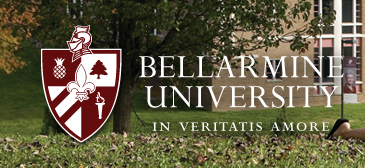Date of Project
4-28-2021
Document Type
Honors Thesis
School Name
College of Arts and Sciences
Department
Biology
Major Advisor
Dr. Savita Chaurasia
Second Advisor
Dr. Amanda Krzysiak
Third Advisor
Dr. Patrick Holt
Abstract
Our body is under constant attack of oxidative stress (OS). OS is a crucial factor in the pathogenesis and progression of various chronic diseases such as diabetics, rheumatoid arthritis, myocardial infarction, cardiovascular diseases, stroke, cancer, Alzheimer’s disease, Parkinson’s disease, aging and more. The main cause of OS is free radicals, which are continuously generated in our body during normal metabolic processes. These free radicals have the potential to damage any of our key biomolecules. To protect ourselves from the toxic effect of free radicals the human body has a built-in army of antioxidants that play an important role in the prevention of any damage. Because they can neutralize free radicals, antioxidants are looked upon as persuasive therapeutic agents against diseases caused by OS.
This research will focus on determining the antioxidant effects of Eriodictyon californicum, also known as yerba santa or “holy herb.” E. californicum originates in California and Oregon and is a species within the Hydrophyllaceae family. Yerba santa has been thought to help reduce coughs, colds, and asthma and was used by early settlers and Native Americans. This plant has not been researched to date for its antioxidative property. Therefore, this study was conducted to explore the antioxidant activity of Yerba Santa. Antioxidant potential was studied through qualitative tests for phytochemicals and quantitative tests for phenols and flavonoids. To determine radical scavenging ability, free radical scavenging assays including the ferric reducing/antioxidant power (FRAP) assay, DPPH assay, hydroxyl radical scavenging assay, and superoxide radical scavenging assay were performed. E. californicum showed the presence of tannins, phlobatannins, phenols, flavonoids, saponins, terpenoids, cardiac glycosides, and steroids. The leaves were found to be rich in phenol content (78.68±0.016μg GAE/mg) and flavonoid content (6.76±0.003μg QE/mg). At a concentration of 0.1mg, the extract showed 59.56±1.21% inhibition of DPPH radicals, 57.37±5.01% inhibition of superoxide radicals, and 57.53±4.406% inhibition of hydroxyl radicals. Extracts of E. californicum exhibited good reducing power on the FRAP assay and demonstrated the ability to form silver nanoparticles. Plant extract also displayed antimicrobial activity against B. subtilis. This study showed that Eriodictyon californicum is rich in polyphenols and possesses radical scavenging activity. These findings suggest a possible application of E. californicum as a source of natural antioxidants, antimicrobials, and for green synthesis of nanoparticles for biomedical applications.
Recommended Citation
Richards, Allie, "Antibacterial and Antioxidant Potential of a Novel Plant, Eriodictyon californicum, and its Healing Abilities" (2021). Undergraduate Theses. 61.
https://scholarworks.bellarmine.edu/ugrad_theses/61
